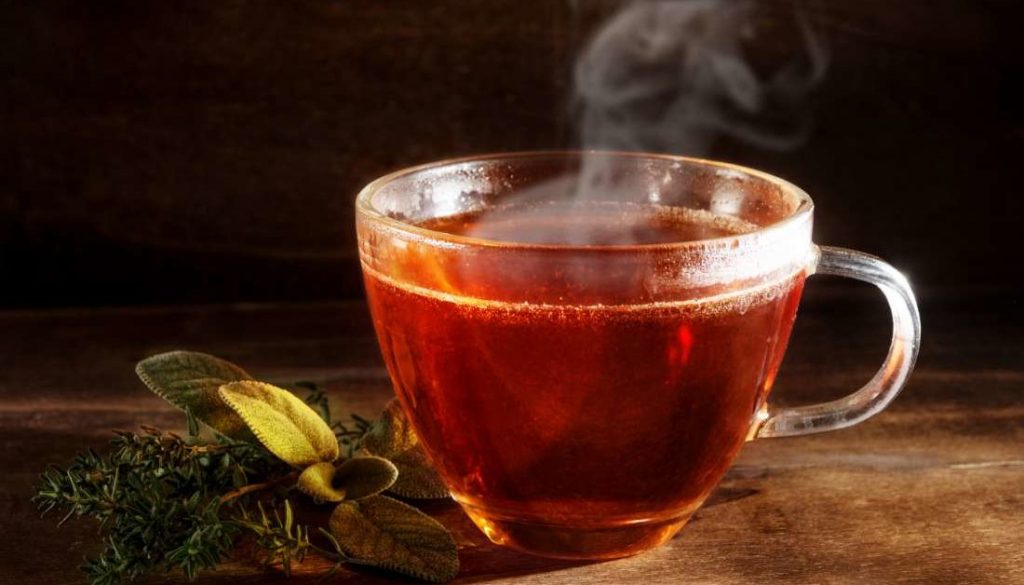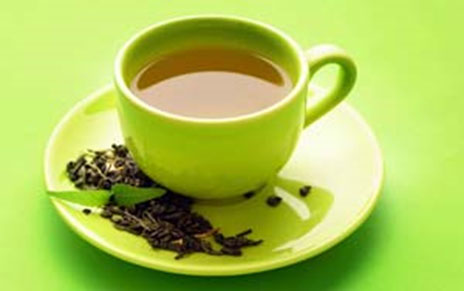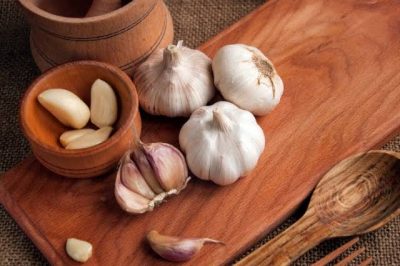Black tea, green tea, any kind of tea! Why is it that someone always offers a cup of tea at a time of stress or just plain worry?
A good cup of tea does sometimes make the difference, especially if it is the right tea for the right purpose.
While much is “known” by the layperson, scientists have a long way to go before discovering all of the attributes of nature’s tea bounty. In His (swt) wisdom, one of the names of the attributes of Allah (swt) is ar-Razzaq (the Provider). He (swt) provided nature with the elements that when at rest, it is in its right place and if not it makes a move towards its place of rest, in balance (Nasr, p.216).
This act of nature manifests in many ways, including the arsenal of bioactive substances in plants that affect living cells fighting bacteria, fungi, viruses, insects and predators we ingest in their bioactive form. Quite naturally they affect the human body or disease-causing agent within the body (Swerdlow, p.3).

Helping Women
One of the most common groups of chemicals in plants are polyphenols, which give fruits their characteristic colors (Gokman, p.1). A report in July’s Journal of Cellular Biochemistry revealed that the abundant polyphenols in green teas could help women against breast cancer. Dry green tea leaves contain 40% polyphenol in weight.
Dr. Gail Sononshein, a professor of biochemistry at Boston University’s School of Medicine & Public Health, and her researchers found that rats that drank water containing green tea had reductions in the size of breast tumors compared to those that drank only water. In some, the tumors would develop later and be less evasive (Reuters Health, p.1).
Flavonoids are a subgroup of polyphenols, which possess a wide variety of activities from the anti-spasmodic and diuretic to the circulatory and cardiac stimulants (Hoffman, p.132).
A report in an issue of the American Journal of Respiratory & Critical Care Medicine highlighted the relationship between the dietary intake of 3 flavanoid subgroups: catechins, flavonols, and flavones with coronary artery disease symptoms.
Dr. Henriette Smit from the National Institute of Public Health & the Environment in Bilthoven, Netherlands assessed 13,651 participants in a study conducted from 1994-97. Applying food-frequency questionnaires and food composition tables with tea and apples as the main source of flavonoid intake; the average intake was 58mg. Solid fruit intake, but not tea had beneficial effects on coronary artery disease (Reuters Health, p.1, 2).

Useful to Females
Laboratories in Kyoto found that flavonoids in tea and vegetable-derived food products bind with female hormone receptors. For example, genistein – of the isoflavone subgroup – reacts with female sex hormones (estrogen), delaying the onset of problems associated with menopause.
The 5 types of catechins found in green tea (catechingallate, epicatechingallate, gallocatechingallate, epigallocatechingallate & gallocatechin) and the 4 types of flavonoids found in peaches and teas (quercetin, glycoside quercitrin, kaempferol and myricetin) researched by Takara showed prevention of endocrine disruptors from reacting with the receptors on sex hormones (Takara, p.1, 2).
From green tea to black tea, this July’s issue of Circulation included a study that focused on the reverse effect it has on coronary heart disease. Black tea reduced the risk of heart attack and stroke in the participants. Joseph Vita, professor of medicine at Boston University’s School of Medicine and author of the study, researched 66 people with heart disease who have abnormal blood vessel function, to begin with.
They were asked to drink 4 cups of black tea or 4 cups of water daily for 4 weeks. Dr. Vita speculated that the flavonoids in tea are what would help the artery walls stay healthy (Zamora, p.1, 2). Some people still resist drinking black or green tea because of the caffeine content. However, here are three herbal and naturally decaffeinated teas you might want to try:
Chamomile – Native to Europe, the flower is good for insomnia and tension. Infuse in 1 cup of boiling water and if desired sweeten with honey. For digestive problems, drink after meals. A strong infusion should be used as a mouthwash for gingivitis (inflammation of the gums surrounding the neck of the tooth).
Echinacea – The root or the cone of a Native American plant that acts as an immune booster shortening the duration of colds. Add 2 teaspoons of dried echinacea to a cup of water and infuse for 15 minutes then strain. For effectiveness against bacterial and viral attacks use, 1-2 teaspoons of the root in one cup of water and bring to the boil slowly, then let it simmer for 10-15 minutes. Drink 3 times daily.
Lemon Balm – Native to the Middle East the dried aerial parts or the fresh leaves are used. It is good for tension and depression, headaches and colds. It has a sedative effect. Infuse fresh leaves in boiling water. It has a tonic effect on the heart and circulatory system causing dilation of the peripheral vessels thus lowering blood pressure.
For this, infuse 2-3 teaspoons of dried lemon balm in a cup of boiling water or 4-6 fresh leaves for 10 – 15 minutes then cover until ready to drink (Cohen p.1, 2 & Hoffman p. 171,184, 191).
This article is from our archive, originally published on an earlier date, and highlighted now for its importance
References:
- Cohen, Dottie. “Tea Types Are Varying & Have Many Tastes.” Inc. 1-3. Pagewise. 07/30/01.
- Gokman, Vural. “A Survey on Polyphenols” . Hacettepe University, Turkey. 1-5. Hacettepe. Educational. 07/30/01.
- Hoffman, David. “The Holistic Herbal.” Britain. Element Books. 1988.
- McIntosh, Cecilia, A. “Flavonoid Biosynthesis: Regulation of Enzyme in the Flavone Branch Point.” of Biology Sciences E. Tennessee State University, US. 1-6. East Tennessee State University. 07/30/01.
- Nasr, Seyyed Hossein. “Islamic Cosmological Doctrine.” Britain. Thames & Hudson. 1978.
- Reuters Health “Green Tea Consumption Linked with Reduced Breast Cancer Risk”. Journal of Cellular Biochem. 2001. Neurology. Medscape. 1-2. 07/30/01.
- Reuters Health. “Apple & Pear Consumption Linked to Reduced COPD Risk“. American Journal of Respiratory & Critical Care Medicine. 164(2001)61-64. Neurology. Medscape. 1-3. 07/30/01. (requires registration)
- Joel, L. “The Promise of Plants”. Washington Post. 09/19/00. Z12. Health.. Washington Post Online. 1-9. 11/19/00.
- Takara Shuzo Co., Ltd. “Revealed That Flavonoids & Catechins Found in Vegetable-Derived Foods Bind with Receptors in Female Hormones“. 12/21/98. 1-3/ News. Takara. 07/30/01.
- Dulce “Black Tea Shown to Improve Blood Vessel Health“. Circulation. 104:2(2001)151-156. Neurology. Medscape. 1-3. 07/30/01. (requires registration)

